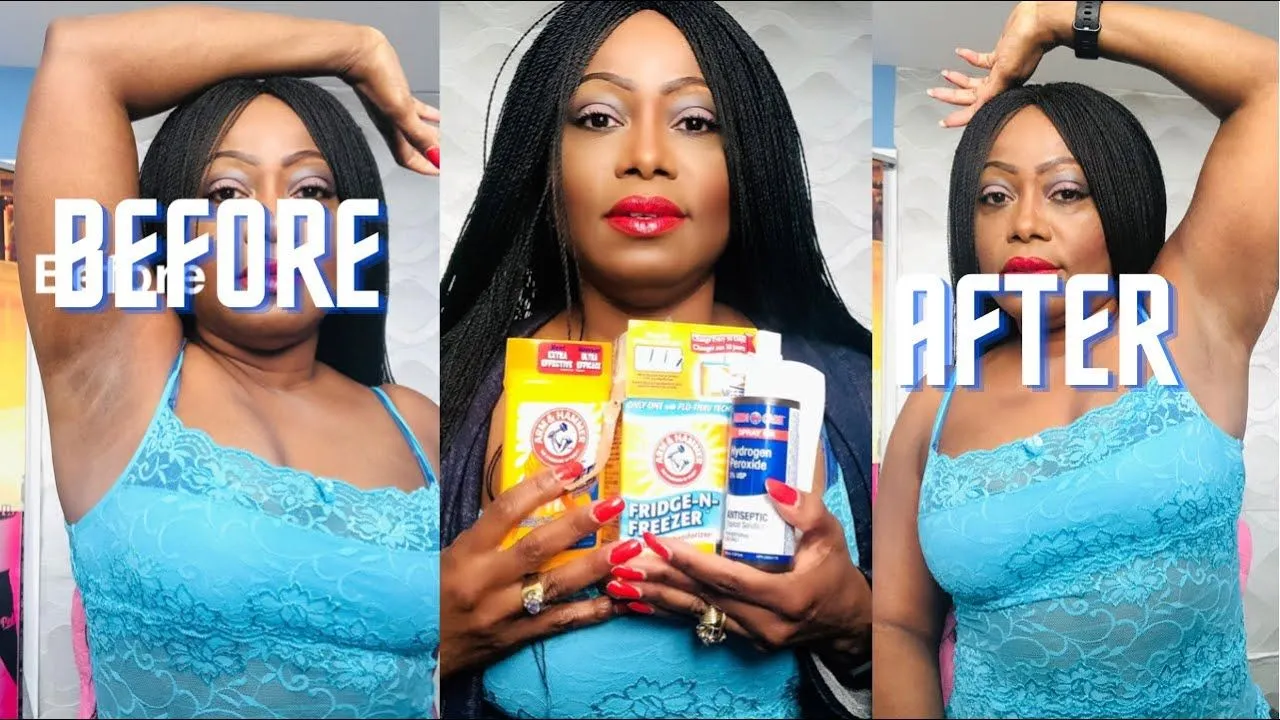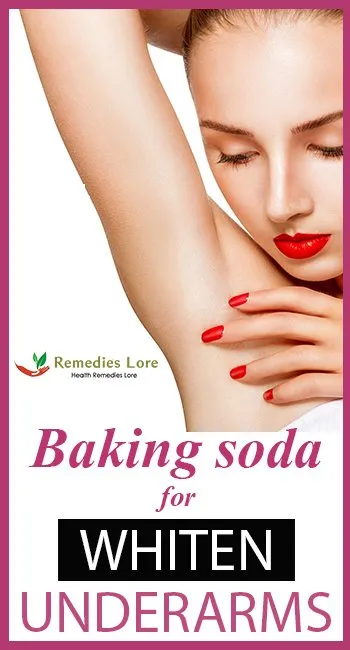What Causes Dark Underarms
Dark underarms can be a source of self-consciousness for many people. Several factors contribute to this condition. One of the most common causes is hyperpigmentation, where the skin produces excess melanin, leading to darker patches. This can be triggered by various factors. Shaving is a frequent culprit, as it can irritate the skin, leading to inflammation and subsequent darkening. The use of certain deodorants and antiperspirants, especially those containing alcohol or harsh chemicals, can also cause irritation and discoloration. In addition, hormonal changes, such as those during pregnancy or due to certain medical conditions like polycystic ovary syndrome (PCOS), can increase melanin production. Friction from tight clothing and certain skin conditions like acanthosis nigricans, also play a role. Understanding these causes is the first step toward addressing the issue and finding effective solutions. Addressing these issues can make a major difference in the appearance of your underarms.
Why Baking Soda Works for Underarm Whitening
Baking soda, or sodium bicarbonate, is a versatile household ingredient with numerous uses, including as a remedy for dark underarms. Its effectiveness lies in its mild abrasive properties and alkaline nature. As a gentle exfoliant, baking soda helps remove dead skin cells that contribute to the darkened appearance of the underarms. The process unclogs pores and encourages the turnover of fresh, lighter skin cells. Furthermore, baking soda’s alkaline pH can help neutralize the acidity of sweat, which can sometimes contribute to skin irritation and discoloration. This can help maintain a balanced skin environment. The exfoliating action, combined with the ability to balance skin pH, makes baking soda a useful ingredient in a routine for underarm whitening. It’s important to use it properly and with caution to avoid irritation. The potential for lightening and exfoliating the skin is why baking soda is so popular for this purpose. It is an affordable and accessible option for skin care.
Exfoliation Baking Soda’s Role

Exfoliation is a crucial part of any skin care routine, and baking soda plays a key role in this process for underarm whitening. The gentle scrubbing action of baking soda helps to remove dead skin cells, dirt, and impurities that accumulate on the skin’s surface. This buildup can make the underarms appear darker and less smooth. By exfoliating regularly, you can reveal the fresh, lighter skin underneath. This process also helps to unclog pores, preventing ingrown hairs and reducing the chances of further discoloration. Exfoliation also enhances the absorption of other skin-lightening ingredients. It makes the skin more receptive to the benefits of the treatments that you are using. Consistent exfoliation with baking soda can lead to a noticeable improvement in the appearance and texture of your underarms. It makes the area look brighter and healthier. Regular exfoliation promotes a healthy skin cell turnover.
How to Prepare a Baking Soda Paste
Creating a baking soda paste is a simple process, and it requires only two ingredients: baking soda and water. Start by taking a small bowl and adding a tablespoon or two of baking soda. Gradually add water, a teaspoon at a time, mixing until you achieve a thick, creamy consistency. You want the paste to be spreadable but not too runny. The ratio of baking soda to water may vary slightly based on the consistency you prefer. Some people find that adding a few drops of lemon juice or a small amount of honey can enhance the paste’s effectiveness. However, if you have sensitive skin, it’s advisable to stick to baking soda and water to avoid irritation. Mix thoroughly, ensuring that all the baking soda is moistened and forms a smooth paste. This paste is ready to be applied. It is an effective and accessible method to start your underarm whitening process.
Step-by-Step Application Guide
To effectively use baking soda for underarm whitening, follow these steps for optimal results. Begin by washing and thoroughly drying your underarms. This ensures that the baking soda paste will adhere properly. Apply the paste evenly to the underarm area, using your fingers or a soft applicator. Gently massage the paste into the skin in a circular motion for about a minute. This helps with exfoliation and ensures that the baking soda comes into contact with the skin. Leave the paste on for about 10-15 minutes. Rinse the underarms thoroughly with lukewarm water. Make sure all traces of the paste are removed. Pat the area dry with a clean towel. For best results, repeat this process two to three times a week. Always pay attention to how your skin reacts and adjust the frequency if needed. Be mindful of any signs of irritation. Proper application is important to maximize benefits.
Precautions and Tips for Safe Use

While baking soda is generally safe, there are precautions you should take to ensure its safe use for underarm whitening. Always perform a patch test before applying the paste to your entire underarm area. Apply a small amount to a small area of skin and wait 24 hours to check for any adverse reactions such as redness, itching, or irritation. If you have sensitive skin, limit the frequency of use to once a week or less. Dilute the paste with more water to make it less abrasive. Avoid using baking soda on broken or irritated skin, as it can exacerbate the condition. Discontinue use immediately if you experience any discomfort. After application, avoid using harsh deodorants or antiperspirants. Moisturize the area with a gentle, fragrance-free lotion. Combining baking soda with other treatments requires caution. Always consult with a dermatologist if you have any concerns. Following these precautions will help to ensure a positive and safe experience.
Other Natural Remedies for Underarm Whitening
In addition to baking soda, there are several other natural remedies that can help with underarm whitening. Lemon juice, known for its bleaching properties, can be used. Apply diluted lemon juice to the underarms and leave it on for a short period before rinsing. Be cautious, as it can be irritating for some. Another option is apple cider vinegar, which can help balance the skin’s pH and reduce discoloration. Mix it with water and apply it to the underarms. Coconut oil is moisturizing and has anti-inflammatory properties. Turmeric, a spice with anti-inflammatory and antioxidant benefits, can be mixed with water or milk to form a paste. Potato juice can also be used, as it contains natural bleaching agents. The effectiveness of these remedies varies depending on the individual and the severity of the discoloration. Combining multiple methods can sometimes yield better results. Always perform a patch test. If you have any skin conditions, consult a dermatologist.
Preventing Dark Underarms in the Future
Preventing dark underarms involves adopting habits that minimize the factors causing discoloration. Choose deodorants and antiperspirants that are free from alcohol, fragrances, and harsh chemicals. Shave the underarms less frequently. If you shave, use a sharp razor and shaving cream to reduce friction. Consider alternatives to shaving, such as waxing or laser hair removal. Wear loose-fitting clothing made of breathable fabrics, as tight clothing can cause friction and irritation. Maintain good hygiene by washing your underarms daily and keeping the area dry. Exfoliate regularly to remove dead skin cells and prevent buildup. Maintain a healthy lifestyle. Proper hydration and a balanced diet contribute to healthy skin. Address any underlying medical conditions or hormonal imbalances that may contribute to hyperpigmentation. By integrating these practices into your routine, you can significantly reduce the likelihood of developing dark underarms and maintain a lighter, more even skin tone. Consistent care is the key to long-term prevention.
